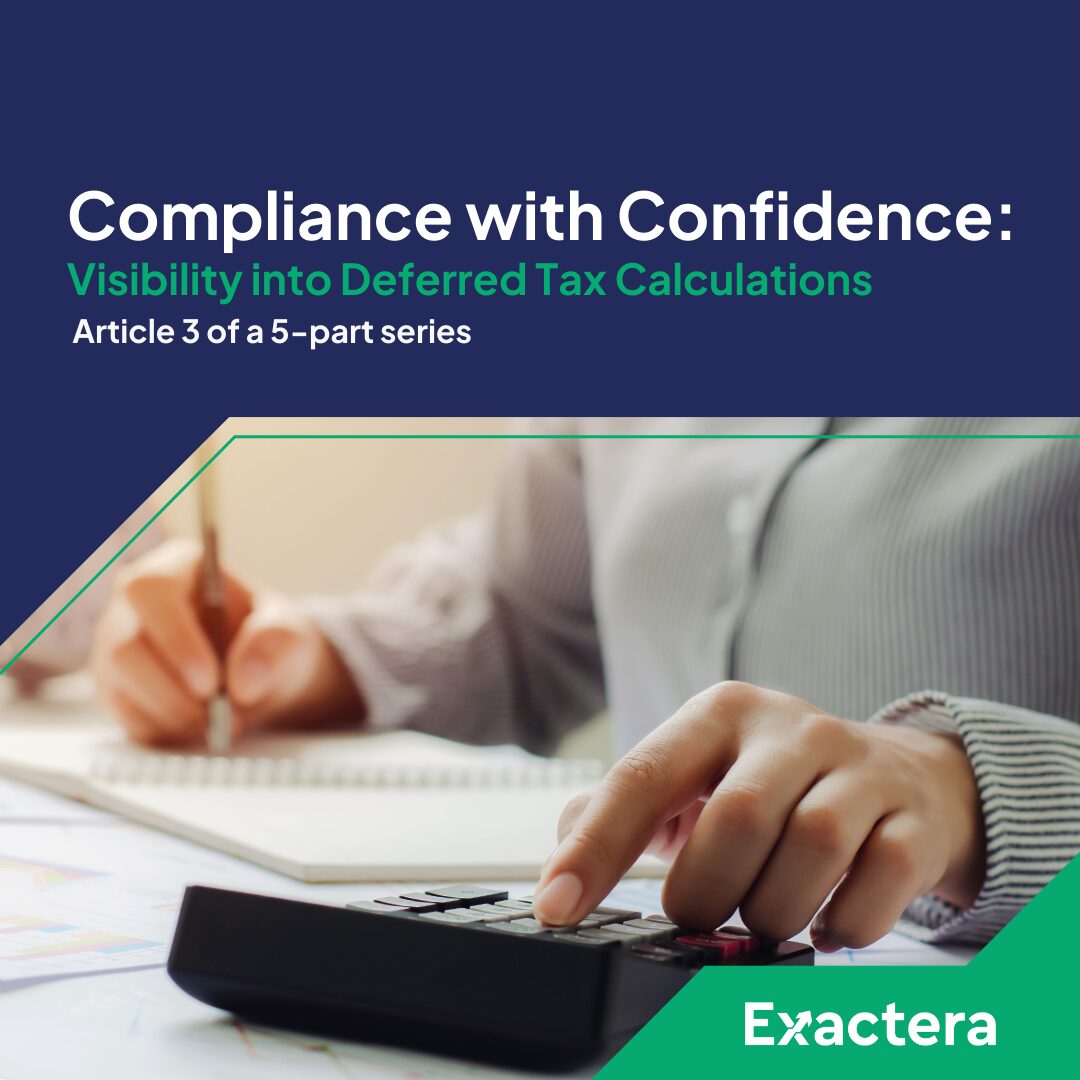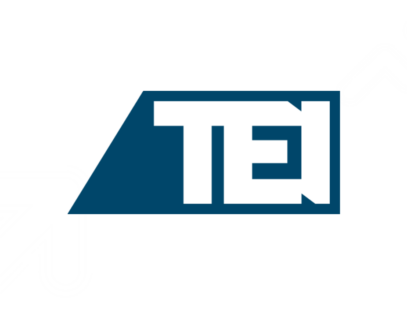Deferred tax calculations are rightly considered among the most complex aspects of tax provision processes. Tracking gross rollforward balances, managing goodwill adjustments, and addressing purchase accounting leave little room for error. All too easily, discrepancies can go unnoticed—until later, when they trigger time-consuming reconciliations or costly audit deficiencies.
Real-time visibility transforms these challenges into manageable, intuitive tasks.
Linking temporary differences in a federal provision report directly to gross rollforward balances clarifies how tax assets and liabilities flow through the system. This approach makes ASC 740 principles easier to understand and apply for service providers. It also improves both accuracy and compliance with U.S. GAAP and IFRS—ensuring trust between you and your clients.
Early Adjustments: Enhancing Accuracy and Efficiency
One of the key benefits of visibility into deferred tax calculations is the ability to make adjustments early in the process.
Whether it’s a purchase accounting adjustment or a goodwill impairment, you need to have clarity into how these items impact deferred taxes—key to ensuring reports are accurate before they’re finalized for clients. Automated tools further streamline this process by handling the deferred tax calculations for you, freeing up your firm to focus on strategic analysis rather than manual reconciliation.
Meanwhile, traceability across reports allows accountants to quickly pinpoint the source of discrepancies in clients’ deferred tax balances—whether they stem from federal provision reports or other inputs—ensuring faster resolution, greater accuracy, and more client trust.
Transparency and Compliance in Financial Reporting
Deferred tax balances are closely watched by stakeholders and investors: they serve as key indicators of future cash flows or liabilities. Enhanced visibility ensures the transparency they demand while meeting FASB’s latest disclosure requirements for deferred tax liabilities and assets.
With real-time insights, service providers can streamline the preparation of well-documented, auditor-ready footnotes, minimizing discrepancies and reducing compliance risks. This proactive approach fosters client trust, ensures accurate and timely reporting, and enhances operational efficiency.
Beyond immediate benefits like reduced reconciliation time and improved workflows, visibility tools empower service providers to help clients forecast future tax positions with precision, respond swiftly to regulatory changes, and mitigate risks by identifying potential tax exposures early.
In the long run, these improvements can lead to optimized tax planning, reduced compliance costs, and a stronger competitive position for clients—and an elevated level of reporting for accounting firms.
To read another part of this Tax Provision Visibility Series, click below:
Part One: Compliance with Confidence: Why Tax Provision Visibility Matters
Part Two: Compliance with Confidence: Visibility into Foreign Currency Translations
Part Three: Compliance with Confidence: Visibility into Deferred Tax Calculations
Part Four: Compliance with Confidence: Visibility into State Tax Calculations
Part Five: Compliance with Confidence: Visibility into Calcuations for Financial Statement Audits









